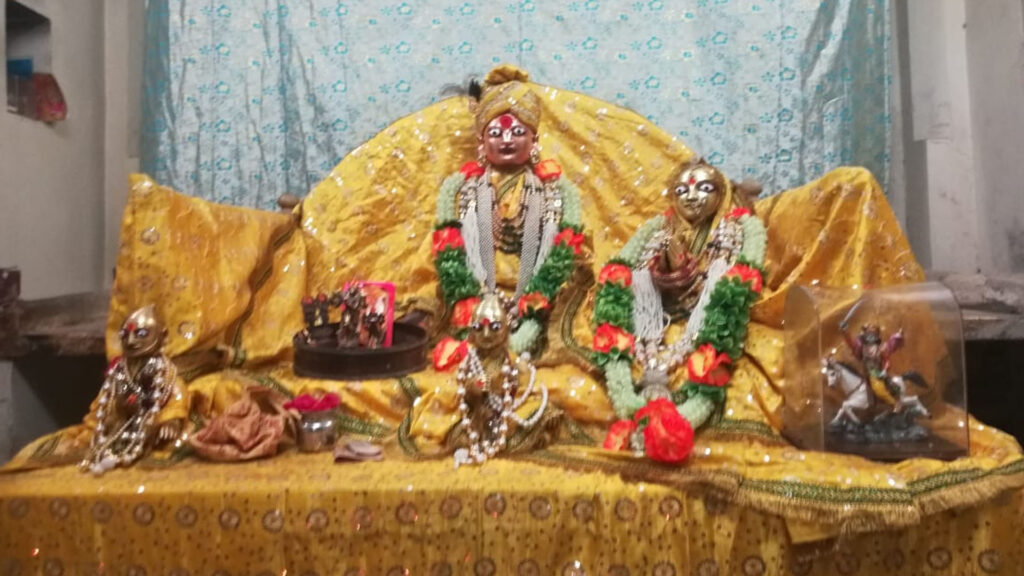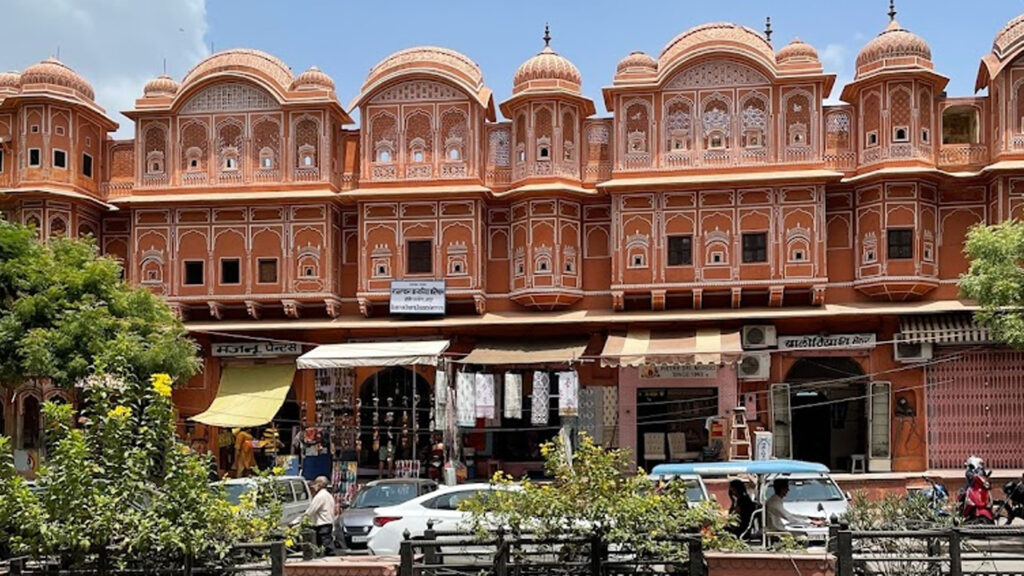Raja Sawai Jai Singh, the creator of Jaipur, erected the Kalki temple in 1727 AD while establishing the city. He was an avid student of Vedic writings and a Hindu revivalist. Jai Singh erected the Kalki temple just opposite the City Palace’s eastern entrance. The temple’s location was crucial, yet it was not granted a good position on the roadway. The temple was constructed behind a boulevard of spectacular structures. The temple is reached through a ceremonial archway with two gentle slopes by a ramp rather than a stairway that exits into the street.
Who is Kalki Avatar?
Kalki, the Maha incarnation, is thought to be Lord Vishnu’s tenth incarnation, appearing to finish Kalyuga when there are too many sins. Sawai Jai Singh ll may have been the first king in history to construct a temple for God who has yet to be incarnated using his extensive knowledge of the Vedas and imagination.

Bhagwan Kalki Jaipur
Poet Shree Krishna Bhatt ‘Kalanidhi’, a nobleman in Jai Singh’s court, writes in his book that Jai Singh erected the Lord Kalki temple in remembrance of his grandson Shree Kalik ji, who died as a youngster. Although there are other Kalki God temples, this is the only one that is completely dedicated to Lord Kalki. Devsthan Vibhag (Government Department) manages this temple, and the priest is on the government payroll. Every day, the temple welcomes worshipers and performs pooja.
Where is Kalki Temple in Jaipur?
The primary entry to Kalki Temple is via Hawamahal Bazar or Sirah Dyodhi Bazar, which is just opposite Sawai Man Singh Town Hall. The temple is designed in the South Indian style with large stone blocks, and the figures are sitting in the Garbhgrah.

Where is Kalki Temple in Jaipur
The entrance to the temple is a steep paved path, most likely to create room for automobiles in the government department close to the temple. The temple itself is around one story high and built on a strong foundation, as is customary for old Hindu temples. The Singhdwar, or Temple entrance, is a few steps above ground and made of large stone blocks.
After the Singhdwar, there comes the Mandapa, or sitting hall for devotees, which is covered by a massive Shikhar, or dome. Then Lord Kalki is sitting in Garbhgraha with Goddess Lakshmi. Garbhgraha’s marble doorframes have engravings of Lord Vishnu’s nine avatars. Lord Brahma is on the right, while Shiv and Parvati are on the left, seated on Nandi.
